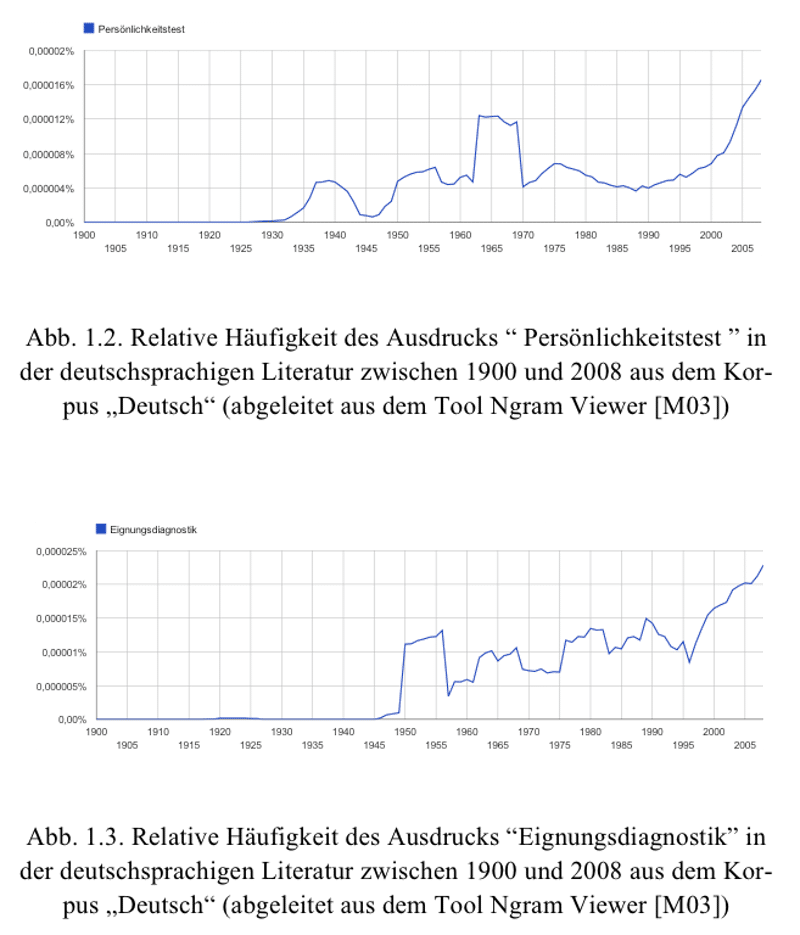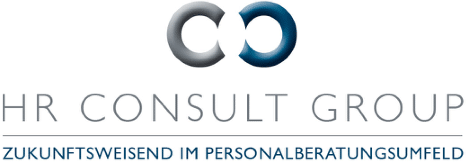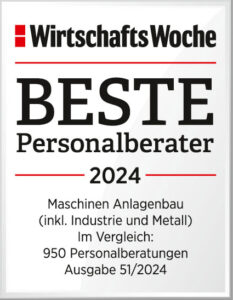The first part of this series dealt with the first pioneers of aptitude diagnostics. Now we will follow the course of history right up to the present day.
After the development of the MMPI (Minnesota Multiphasic Personality Inventory) and the CPI (California Psychological Inventory), the use of personality tests rose steadily until the early 1960s, then peaked and slowly tailed off. More than 80% of all large companies used personality tests to select sales staff. In 1984, barely more than a quarter of companies did so. The reasons for this were the interactionism advocated by Walter Mischel (interaction of personal and situational characteristics) and the growing public resistance to tests. This led to an intensive political discussion about these procedures, in which aspects of test fairness were at the forefront.
It was not until 1980, starting in the United States, that the topic was revived and became increasingly important. Both scientific and practical interest revived. From the originally merely translated tests to self-developed procedures, a change can be seen that confirms a further increase in interest to this day.
It is interesting to see that the occurrence of the terms "personality test" and "aptitude diagnostics" in the German-language literature between 1900 and 2008 from the "German" corpus shows some differences, although the two terms have a similar meaning. This is illustrated by the following figure from the book "Eignungsdiagnostik im Praxiseinsatz - Ingenieur bleibt Ingenieur":

While the term "personality test" gained popularity relatively early on, as early as 1930, the term "aptitude test" only really became popular after the Second World War in 1945. Since 1957, after a sharp slump, "aptitude diagnostics" has seen a steady increase, with several minor fluctuations. The "personality test", on the other hand, has repeatedly experienced a major drop in popularity. There is one thing they do have in common. Both terms show a clear increase from 1996 onwards, which will continue to grow steadily. This means that both terms have arrived in the 21st century and are continuing to grow in popularity.
Nowadays, aptitude diagnostics is a collective term for job-related procedures for measuring skills and behavioral tendencies. In principle, aptitude diagnostics should provide the most accurate possible prediction of a person's probability of success or professional aptitude.
It should be noted that aptitude diagnostics can look back on an impressive past and will continue to develop.
Outlook: Our next article in this topic area refers to the book "Eignungsdiagnostik im Praxiseinsatz - Ingenieur bleibt Ingenieur" by Armin Betz. Do you know which important and typical characteristics make up an engineer? You can find out about these and many other aspects, such as the importance of development areas, in the following article.
About the author

After studying automotive engineering and industrial engineering, he began his professional career in the automotive industry in the areas of sales, development and marketing and also spent a year in Japan with one of the largest automotive suppliers.
He then moved to a globally renowned premium car manufacturer, where he was responsible for product marketing in Japan and South America and for marketing strategy in North and South America.
In 1994, he decided to become self-employed and founded a personnel consultancy in Munich, where he has been driving development and expansion for over 20 years. As Managing Director, his industry focus is naturally on the automotive world as well as mechanical and plant engineering.
His doctorate in the field of aptitude diagnostics ideally rounds off his areas of expertise, particularly with regard to personnel and management consulting. The dissertation deals with the identification and verification of typical personality traits of engineers as well as the definition of development areas for a successful professional career.
These are scientifically derived and presented in the book "Eignungsdiagnostik im Praxiseinsatz".
At the same time, his focus is on the development of networks and cooperation models as well as the continuous further development of systems and processes in personnel consulting.
Over the last 20 years in personnel consulting, he has developed several brands that are still operating successfully on the market today.




